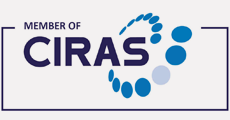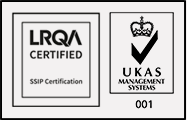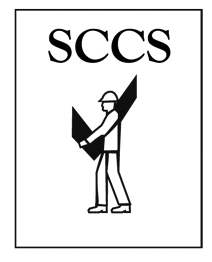Works Commence At Central Tunnel
Central Tunnel is 339m long and lies on the HSX1 Line in Liverpool. Originally constructed to carry rail traffic into the Liverpool Central Ground Station.
During the modifications to the Mersey Rail Underground System in the 1970’s the ground level station was closed and demolished. The section of Central Tunnel closest to the station was altered to allow connection to the new Central Underground Station. This resulted in a tunnel 20m high and this section is now known as the High Level Neck.
The tunnel has extensive sandstone sidewalls with the original brickwork haunch and crown springing from the sidewalls. Due to the crown height and the tight configuration of the connecting tunnels a Road Rail Vehicle Mobile Elevating Work Platform cannot reach the crown to safely undertake brickwork repairs, the only safe method is an independent scaffold.
Previously, small sections of the high level neck have been scaffolded out, to enable repairs, this is both costly and hazardous. AMCO’s solution to further repairs was to install a scaffold from the original portal that extends 165m to the far end. The scaffold would be used to gain access to the brickwork so that a thorough tactile condition survey could be carried out.
The scaffolding has been designed to accommodate all the working elements involved, but had to be erected during 4 separate 29hour weekend and 24 x 3hour possessions.
Donaldson’s are currently undertaking the tactile condition survey with a view to producing a design for a sprayed concrete solution. The outcome is expected to be a scheme to spray the full length of the brickwork lining with a structural layer of concrete, RAM Arch Mesh will be fixed to the lining to provide additional strength and a base for the concrete. This solution will put the High Level Neck to bed, once and for all.
Access from the original portal brings the following benefits;
- Allows for the use of a wet mix concrete instead of dry (cheaper, faster, better quality control and a far improved product)
- Allows for the use of the Robot rather than hand held techniques (no fatigue)
- Allows access to the area during normal midweek working, whilst the trains run below (significant cost saving, improved fatigue management)
This process will enable the whole tunnel to be delivered as one workscope rather than having to come back on separate rolling programmes, as on previous occasions.




















